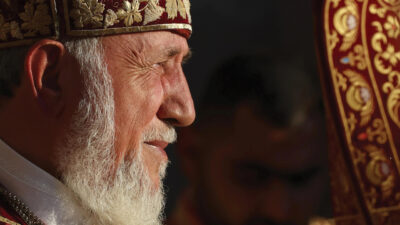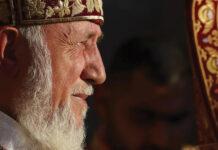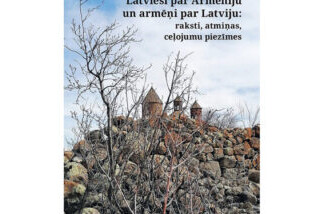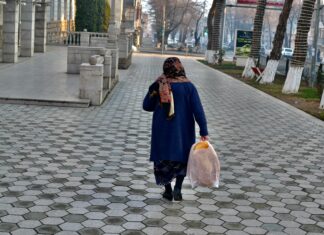By Avedis Hadjian
Special to the Mirror-Spectator
The Armenian National Congress recently released a statement rebutting a comment by Armenia’s Prime Minister Nikol Pashinyan claiming that Levon Ter-Petrosyan, the first president of the Republic of Armenia after it regained its independence in 1991, had prevented a solution to the Nagorno-Karabakh dispute. “My conclusion is that after the 1996 OSCE [Organization for Security and Cooperation in Europe] Lisbon summit, the Nagorno Karabakh issue ceased to exist,” Pashinyan said. “This is the whole truth: the clerical-feudal elite, hiding and manipulating the Lisbon document, used the Nagorno-Karabakh issue to seize and hold power in Armenia.”
In this piece, we are not going to address the complexities involved in the negotiation of the Nagorno-Karabakh conflict. After the ethnic cleansing of the Armenian population of Nagorno-Karabakh in September 2023 by Azerbaijan, that conversation is moot. Yet we will make an attempt, worthy of further and more extensive elaboration in the future, to set the record straight about Ter-Petrosyan. Just quoting him will suffice, for all his words are backed up by facts and so are, tragically for the Armenian people, the predictions he had been warning about for three decades.
When asked questions, Ter-Petrosyan tends to say with a smile that he is not a prophet. While it may be in a faux yet friendly self-deprecating spirit, and probably against his will, he has been indeed a prophet of the kind nobody likes to listen to, for bitter truths can hardly please anyone. Thus, the historian who looked at the future with foreboding, has been willfully ignored, at best, and very often maligned on the strength of hearsay alone and unfounded rumors, at the price of seeing things happen. Yet as has been known for at least for two millennia, “No prophet is accepted in his own country” (Luke 4:24).
In his seminal essay “War or Peace? Time to Get Serious,” in 1997, Ter-Petrosyan, who would still be the sitting president of Armenia for another year until he was deposed in a palace coup d’état by Robert Kocharyan, enunciated four questions, the answers to which were the core of his argument: 1. Should the Karabakh issue be resolved by war or by peaceful negotiations? 2. Is it possible to preserve permanently or perhaps for a long time, the status quo and the unresolved status of the Karabakh issue? 3. What is beneficial for Karabakh and Armenia: the resolved or unresolved status of the issue? 4. Should the issue be resolved by mutual concessions or the defeat of one of the parties, and in that case, who will be the defeated party?









